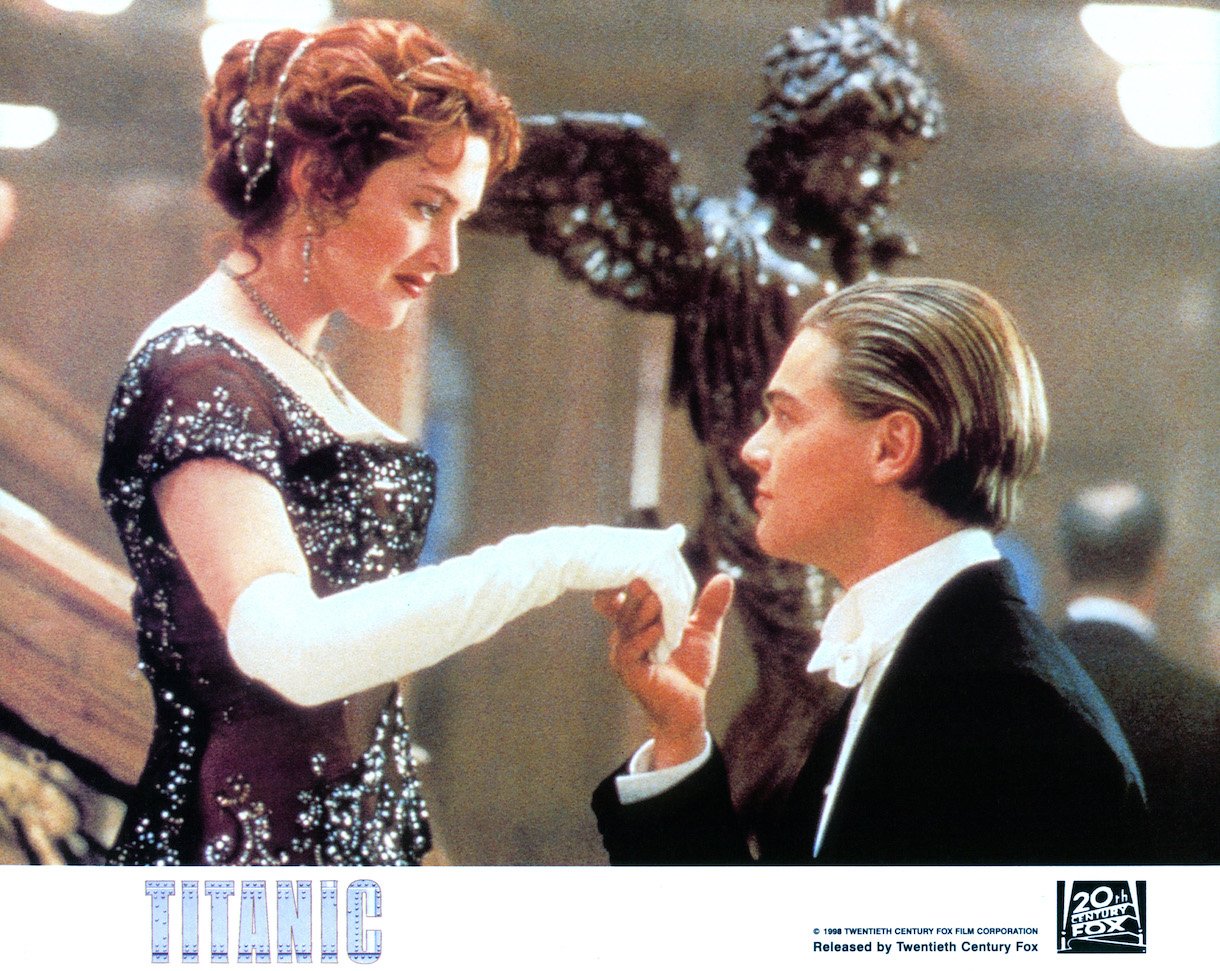Historical Inaccuracies From ‘Titanic’ That Will Totally Take You Out of the Movie
It’s safe to say that Titanic is one of the most epic films ever to be released. It won an oscar in 1997 for Best Picture, and it’s still one of the highest-grossing movies of all time.
Still, regardless of its success, there are a handful of errors in Titanic that are sure to take you out of the film.
Most of the movie mistakes have to do with historical inaccuracies that certainly could have been prevented.

‘Titanic’ still lives on for Leonardo DiCaprio and Kate Winslet
Despite the historical inaccuracies sprinkled throughout the film, DiCaprio and Winslet are still massive fans of the movie. Not only was Titanic their first big film, but it was also the movie that launched their 25-year friendship.
Now, DiCaprio and Winslet are practically family, and they still quote Titanic with each other!
Winslet said, “We’re very, very close. And sometimes, we do quote the odd Titanic line back and forth to each other because only we can, and we find it really funny.”
What are some of the historical inaccuracies in ‘Titanic’?
Several historical inaccuracies can be found in the epic film, directed by James Cameron. While the Titanic ship famously sunk in 1912, many of the props seen in the movie weren’t invented until much later.
For instance, at the end of the movie, the lifeboat officers are seen waving their flashlights around while trying to find any remaining survivors. Unfortunately, flashlights weren’t invented yet in 1912.
Another prop that hadn’t been invented yet was the cigarettes that Jack Dawson smokes throughout the film. The filtered cigarettes he smokes hadn’t been invented until the 1950s.
Meanwhile, during the film, Rose quotes Sigmund Freud while using a theory that hadn’t been invented yet. Rose says, “Do you know of Dr. Freud? His ideas with male preoccupation with size might be of particular interest to you, Mr. Ismay.” And while it’s a funny line, history buffs still cringe at this moment due to its inaccuracy.
Furthermore, when Jack first introduces himself to Rose, he says he is from Chippewa Falls, Wisconsin. He talks about his experiences ice fishing on Lake Wissota, yet this lake wasn’t created until five years later. This caused a bit of an uproar from Chippewa Falls residents.
“It couldn’t have happened because the lake wasn’t filled until 1917,” said a Chippewa Falls historian (via the Chicago Tribune.)
The most controversial historical inaccuracy
Yet one of the most significant historical inaccuracies in Titanic caused James Cameron to intervene.
The inaccuracy involves the portrayal of Officer William McMaster Murdoch. In the movie, the character takes a passenger’s life on the ship and then takes his own life out of guilt.
But in reality, Murdoch died a hero by helping save over 10 lives on the ship.
“In the case of First Officer William McMaster Murdoch, I took the liberty of showing him shoot somebody and then shoot himself,” Cameron says (via USA Today.)
“He’s a named character; he wasn’t a generic officer. We don’t know that he did that, but you know the storyteller in me says, ‘Oh.’ I start connecting the dots: he was on duty, he’s carrying all this burden with him, made him an interesting character.”
“But I was being a screenwriter,” Cameron continues. “I wasn’t thinking about being a historian, and I think I wasn’t as sensitive about the fact that his family, his survivors, might feel offended by that, and they were.”


